ARTICLE AD BOX
15 minutes ago
Alys Davies & BBC Arabic,BBC News

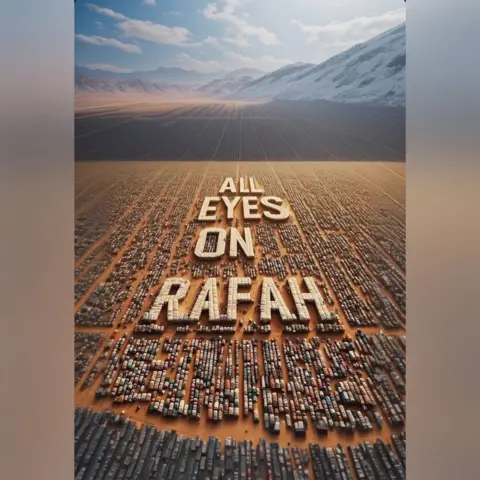 Instagram/shahv4012
Instagram/shahv4012
An AI-generated image depicting tent camps for displaced Palestinians and a slogan that reads All Eyes on Rafah is sweeping social media.
The post has been shared more than 47 million times by Instagram users including celebrities like Dua Lipa, Lewis Hamilton and Gigi and Bella Hadid.
The image and the slogan went viral after an Israeli air strike and resulting fire at a camp for displaced Palestinians in the southern Gaza city of Rafah earlier this week.
The Hamas-run health ministry said at least 45 people were killed and hundreds more wounded in the incident. Israel said it had targeted two Hamas commanders, and that the deadly fire was possibly caused by a secondary explosion.
There has been widespread international condemnation of the Israeli strike, which Israeli Prime Minister Benjamin Netanyahu called a “tragic mishap”.
Video shows devastation in camp for displaced Palestinians after Israeli strike
Following the incident, the image went viral after a young man in Malaysia posted it on his social media account, BBC Arabic discovered.
So how did this image come about?
Where did the slogan All Eyes on Rafah start?
The deadly incident earlier this week in Rafah led to people posting clips of Richard Peeperkorn, a representative of the World Health Organization in the occupied Palestinian territories, speaking in February.
He told journalists at the time that “All eyes are on Rafah", warning against Israeli forces attacking the city.

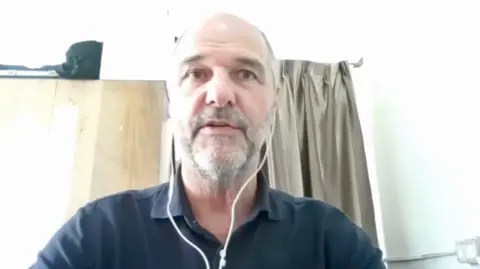 United Nations
United Nations
Richard Peeperkorn told journalists at the UN in February that "All eyes are on Rafah"
Speaking via an online call to journalists at the UN's headquarters in Geneva, Mr Pepperkorn said he feared "unimaginable disaster" if the Israeli army made a large-scale incursion into the city, which it was threatening to invade.
Officials and activists have been repeating Mr Peeperkorn's phrase since then to express their concern and opposition to Israel's military operation in Rafah, which began three weeks ago.

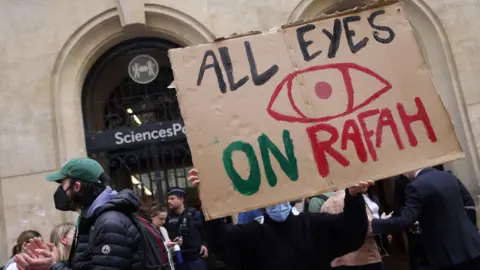 Reuters
Reuters
Students occupy the street in front of the Sciences Po University building in Paris, with a sign saying All Eyes on Rafah
In the months that have followed, All Eyes on Rafah slogans have appeared at rallies around the world and on social media.
But in the last two days, the AI-generated image featuring the slogan has proliferated on social media sites, with more than 47 million shares according to an Instagram count on Thursday afternoon.
Other celebrities who have shared the image and the slogan include American actor Mark Ruffalo, Indian actress Priyanka Chopra and Syrian actress Kinda Alloush.
How did the photo spread across social media in the past two days?
Experts who spoke to the BBC say there are a number of factors that explain why the All Eyes on Rafah message has gone viral in such a short amount of time.
Among them are the AI-generated nature of the image, the simplicity of the slogan, the ease at which Instagram users can share the post in just a couple of clicks, and its uptake by celebrities.
But according to Anastasia Kavada, who runs an MA course on media, campaigning and social change at the University of Westminster, the most important factor is the timing and political context of the post.
She explains that it has gone viral at a time when many feel "outraged" at the news of the strike on the camp in Rafah.
This view is echoed by Maher Nammari, an e-marketing and artificial intelligence consultant, who emphasises the importance of the nature of the incident itself and the online interaction that followed.
"Sunday's attack in Rafah has caused widespread sadness", he told BBC Arabic.
Has AI helped take the post viral?

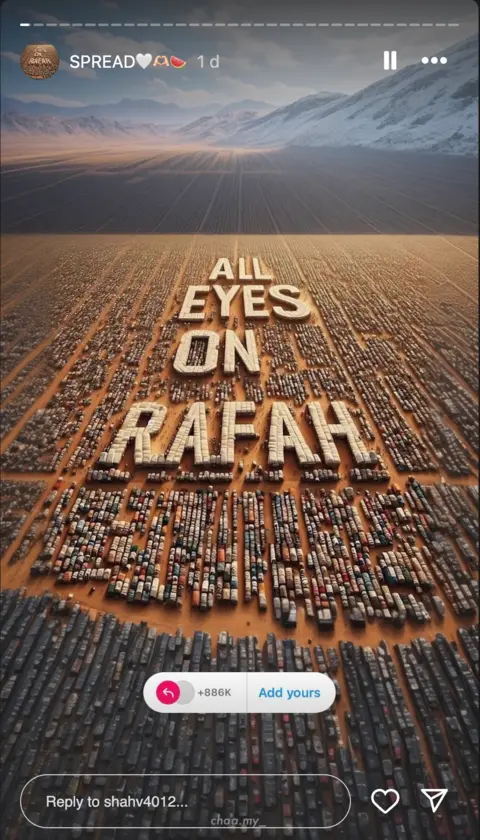 shahv4012 / Instagram
shahv4012 / Instagram
The original post of the AI image by a man in Malaysia has had tens of millions of shares
What makes it more shareable still, however, is the AI-generated image in the post itself, experts say.
The image - depicting a vast desert and a tent camp with the text All Eyes on Rafah on it - does not show a real place or the city of Rafah.
Notably absent are pictures of dead bodies, blood, shots of real people, names or distressing scenes.
This has led to criticism from some quarters.
Dr Paul Reilly, a senior lecturer in Communications, Media and Democracy at the University of Glasgow, says that some activists will feel concerned that the image does not show the true extent of what's really happening on the ground, pointing to material posted on social media by journalists in Gaza which has not gained such viral prominence.
Reacting to the criticism, the Malaysian who created the image wrote in an Instagram story quoted by Time magazine: “There are people who are not satisfied with the picture and template, I apologize if I have made a mistake on all of you."
But he added: “Whatever [you do], don’t look down on the Rafah issue now, spread it so that they are shaken and afraid of the spread of all of us.”
But while the image depicts a somewhat "sanitised" version of what is going on in Rafah, Dr Reilly says that could be an advantage from a digital activist's perspective in terms of its share-ability.
He explains that this is because the image does not contain graphic content that could lead to its removal from Instagram for infringing its terms of use guidelines, while also increasing awareness of the issue that activists seek to bring attention to.

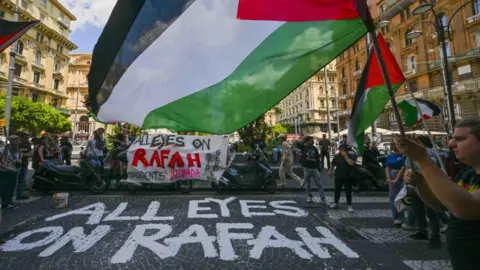 EPA
EPA
Pro-Palestinian students in Naples protest outside an Israeli logistics company, with the phrase All Eyes on Rafah painted on the ground
How do Instagram features help social campaigns spread widely?
Tools developed by Instagram have also contributed to taking the post viral.
When Instagram user "shahv4012" published the picture, he used the “Add Yours” feature, launched by Instagram in 2021, which allows other users to re-share the photo with just a couple of clicks.
People can also add their own captions and tags to the posts, making them easy to customise and share.
Mr Nammari says that the use of such a feature in political or social campaigns is a recent development.
“In most cases, anyone who starts using this feature for political reasons aims to contribute to launching large-scale campaigns, because the [post] snowballs [in popularity]," he says.
Counter-campaign: Where were your eyes?
A smaller counter-campaign has been launched on social media in response to the All Eyes on Rafah message.
An image, also created using AI, features the words: "Where were your eyes on October 7?" referring to the Hamas attacks on southern Israel in which about 1,200 people were killed and 252 others taken hostage.
The image, reportedly designed by Israeli Instagram user Benjamin Jamon, features a gunman standing in front of a baby taken captive in Gaza.
The image was shared about half a million times before the image was removed from some accounts and Mr Jamon's Instagram account was banned, according to Israeli media.
The image later reappeared, with Instagram's parent company Meta saying: "This image does not violate our policies" and that it was "working to understand a technical issue that led to some instances" of it being "mistakenly removed."

 7 months ago
25
7 months ago
25
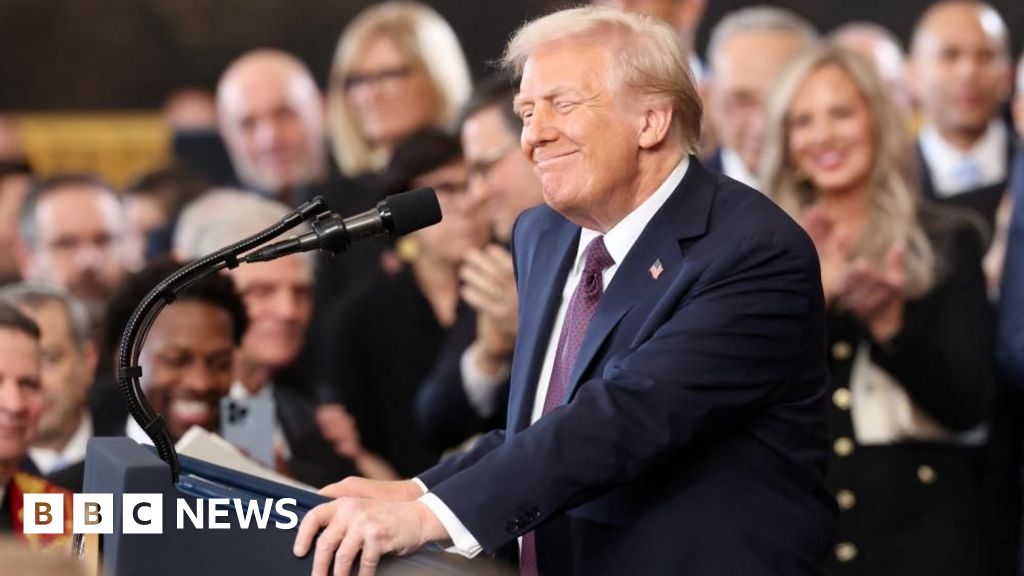
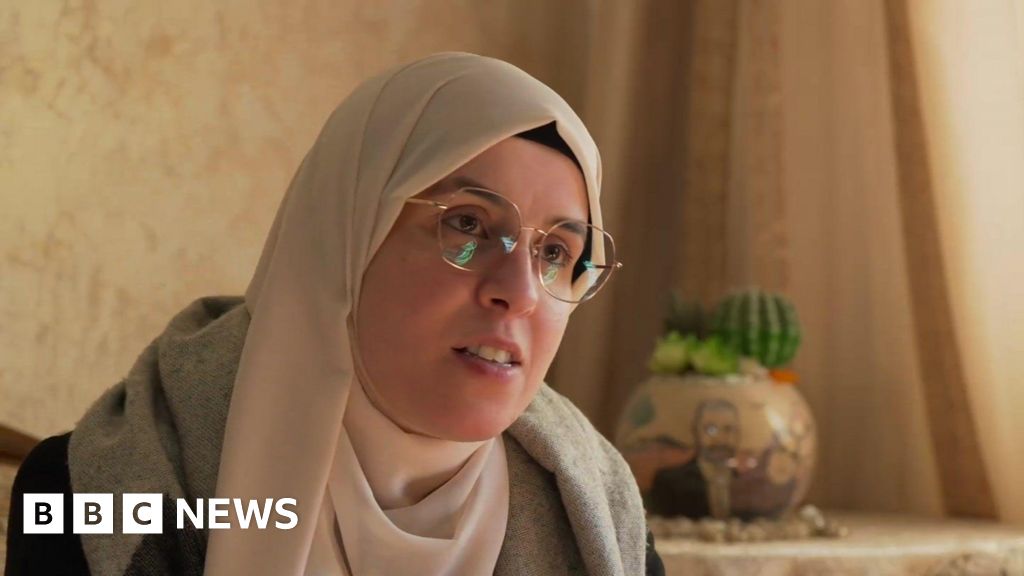
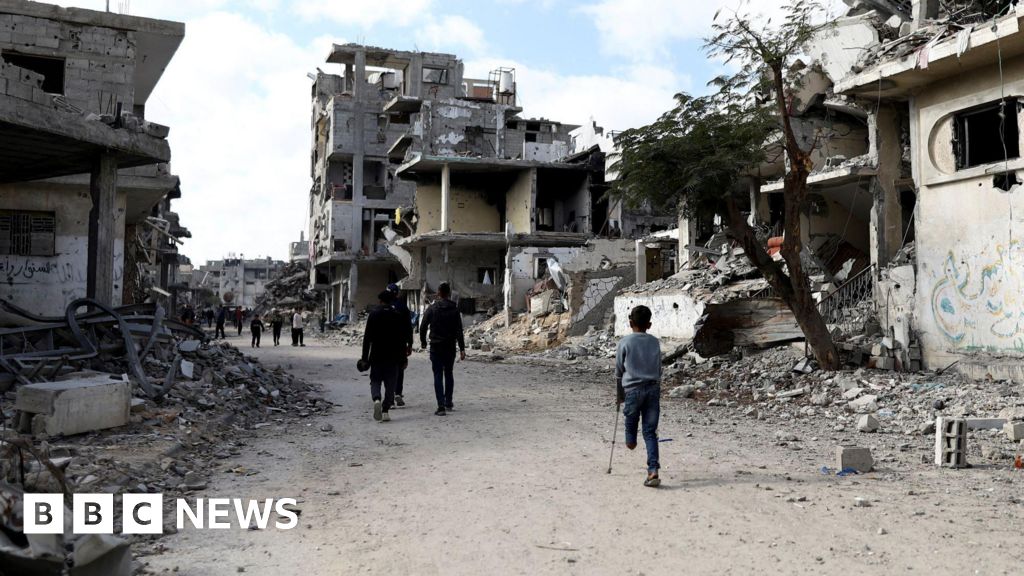





 English (US) ·
English (US) ·